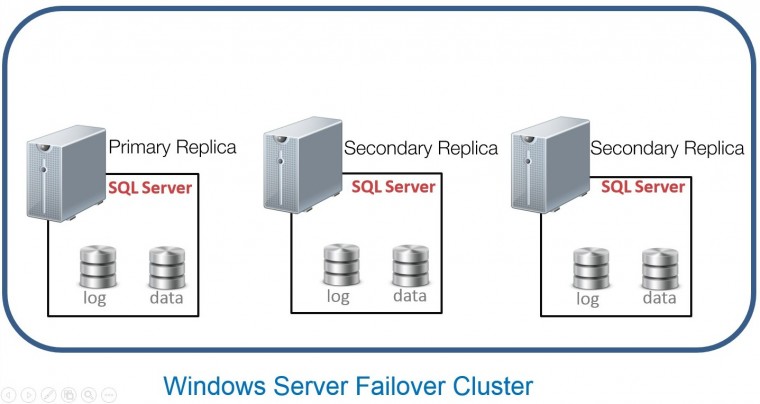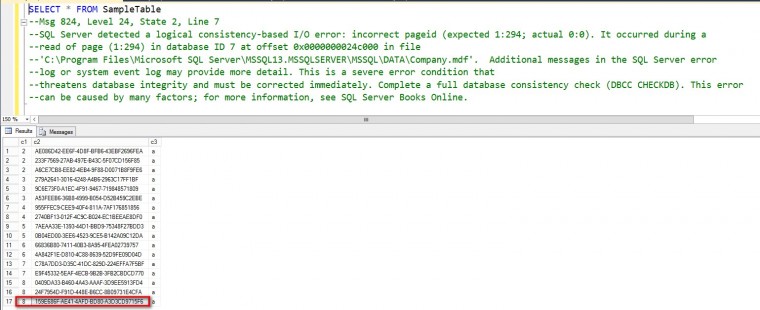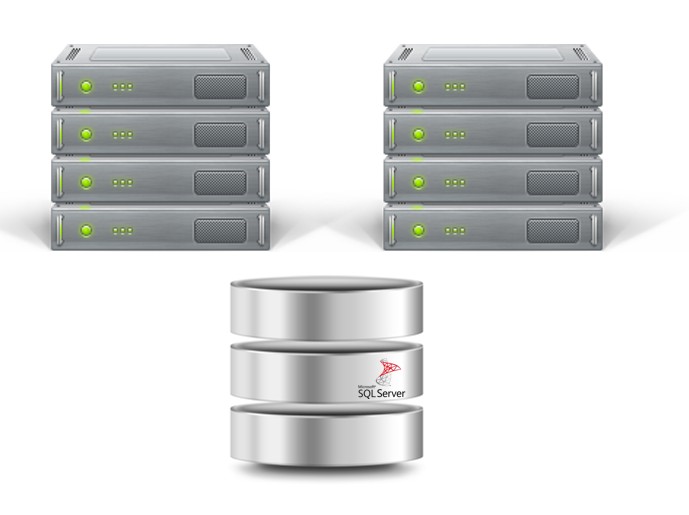Christmas and New Year have just gone by. You may have stories about how you celebrated the holidays – the sumptuous meals shared with all of the family members, the conversations around the fireplace, opening gifts on Christmas eve, etc. Ours is a bit different than usual. Because, on the day before Christmas, we were on […]
PostVideo: Unexpected SQL Server Backups Break Your Disaster Recovery Strategy
In a previous blog post, I talked about the possibility of having unexpected SQL Server database backups that can affect your disaster recovery strategy. You certainly don’t want to be caught off-guard when that happens. I’ve provided a very simple use case of how it can happen – and it did happen to me a […]
PostIntroducing the New SQL Server 2016 Availability Groups Load Balancing of Read-Only Replicas

About four years ago, I did my very first webcast on the Availability Groups feature in SQL Server 2012. The premise of the presentation was how we can provide high availability features to existing SQL Server workloads without making changes to the underlying storage. For my demo, I used an existing database mirroring configuration for high […]
PostWhy Database Developers Need To Design For High Availability and Disaster Recovery

Last week, I wrote about a database corruption case that I had the opportunity to work on. I spent a fair amount of time on the phone with the database developer to understand what the columns are for, what their values represent and the corresponding relationships with other tables. In the process of trying to recover as […]
PostThe Case Against SQL Server VSS- or Virtualization-Based Backups
A recent conversation that we had around the dinner table revolved around fire safety hazards. The last week of November happened to be the National Home Fire Safety Week in Canada and promotes fire safety in homes and residential areas. Home insurance companies would recommend having a fire extinguisher at home placed in the kitchen or […]
PostWhen A Log Backup Does Not Truncate Your SQL Server Log Files In An Availability Group

There are only two ways that can truncate your SQL Server log files – a checkpoint process when the database is in simple (or pseudo-simple) recovery model or a log backup when the database is in full or bulk-logged recovery models. In order for log truncation to occur, the virtual log files (VLFs) need to […]
PostUpgrading to SQL Server 2014: Considerations
As SQL Server 2005 approaches the end of its support next year, customers can start planning for upgrading their databases to SQL Server 2014. In a previous blog post, I talked about how to integrate Microsoft Product Lifecycle and Support Policies into IT Operations which concluded with planning upgrades and migration based on the version […]
PostVideo: Designing a SQL Server Always On Availability Groups Topology

As you go thru different phases in your career as a SQL Server professional, you progress from being a technician (primary task is more focused on operations) to a designer/architect (primary task is focused on designing a solution and eventually assists in building it.) A technician will be more concerned about a single aspect of a […]
PostResources: Windows Server Failover Clustering (WSFC) for SQL Server DBAs

Last week at Live360, I have had the opportunity to deliver my workshop on Windows Server Failover Clustering (WSFC) for SQL Server DBAs. The workshop was based on an online course that I am about to re-release. One of the things I like about delivering presentations is that I learn a lot from the attendees […]
PostBefore You Go Down The Rabbit Hole
One of my favorite topics in SQL Server is transaction log internals. When I first got started with SQL Server, I thought all I needed to do with the transaction log was to run regular log backups to make sure they don’t grow unexpectedly. Until I realized that there was more to it than I knew. […]
